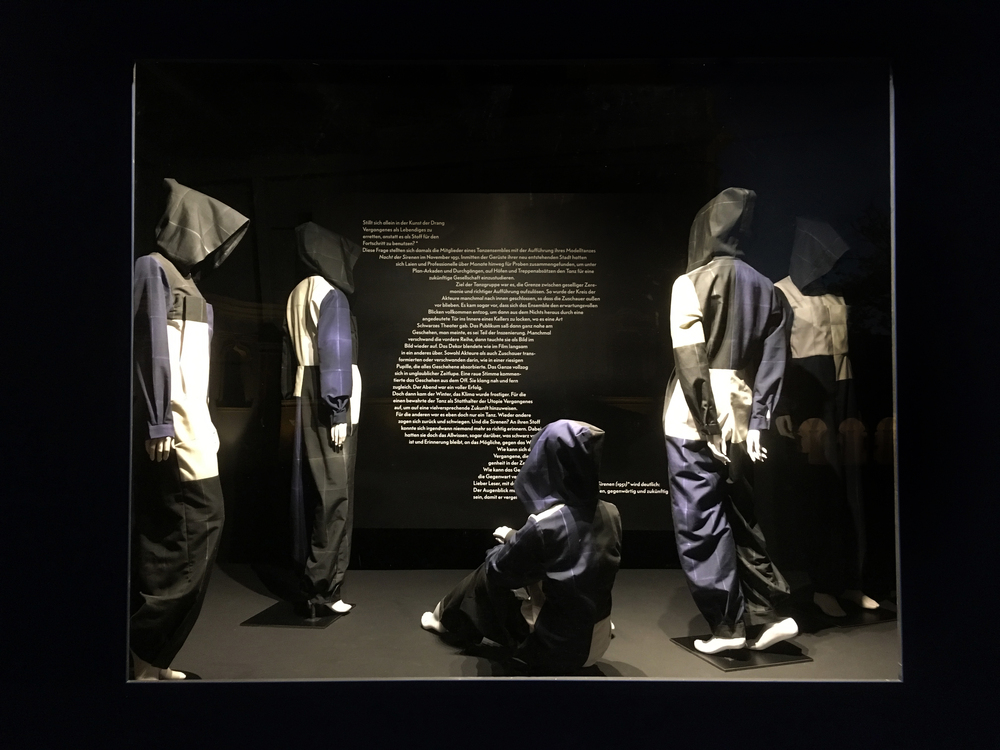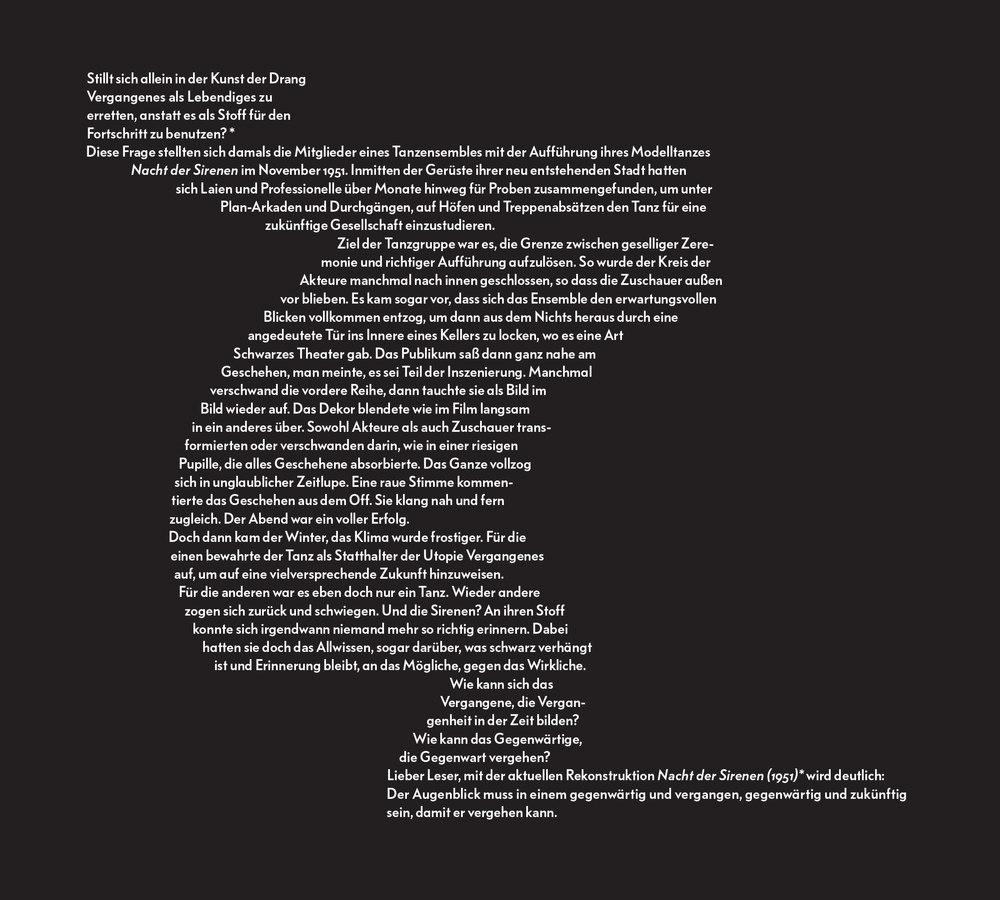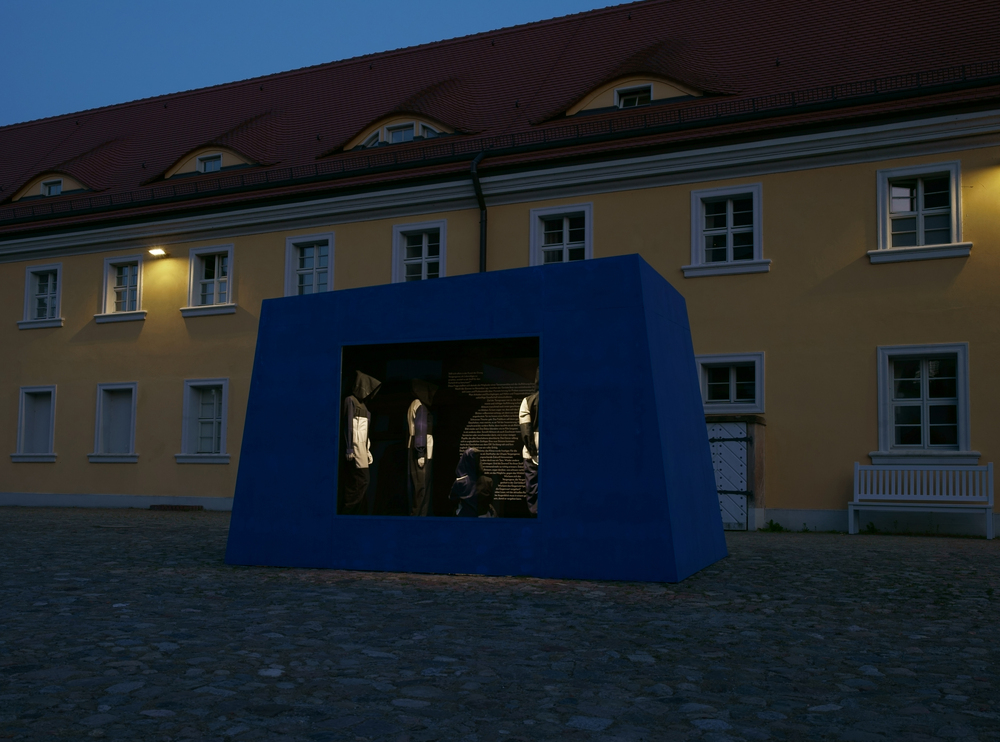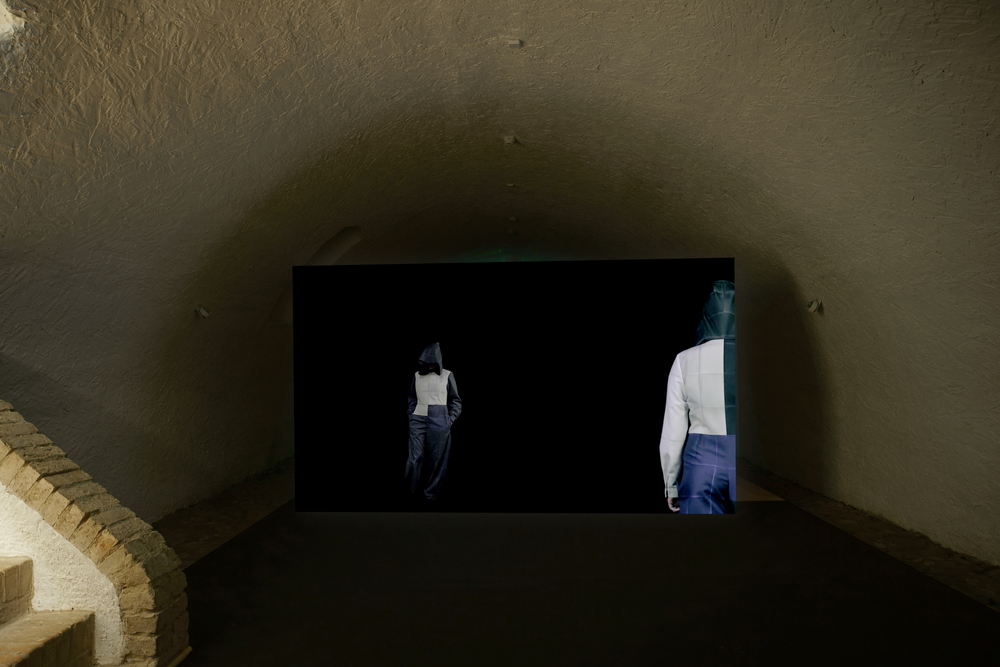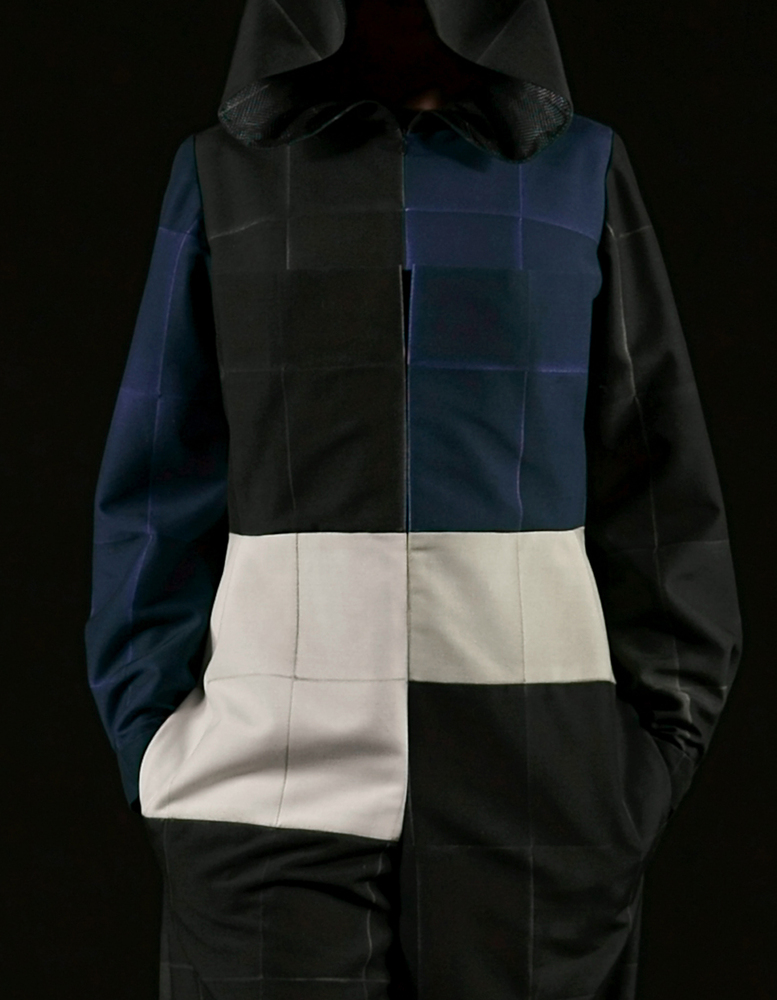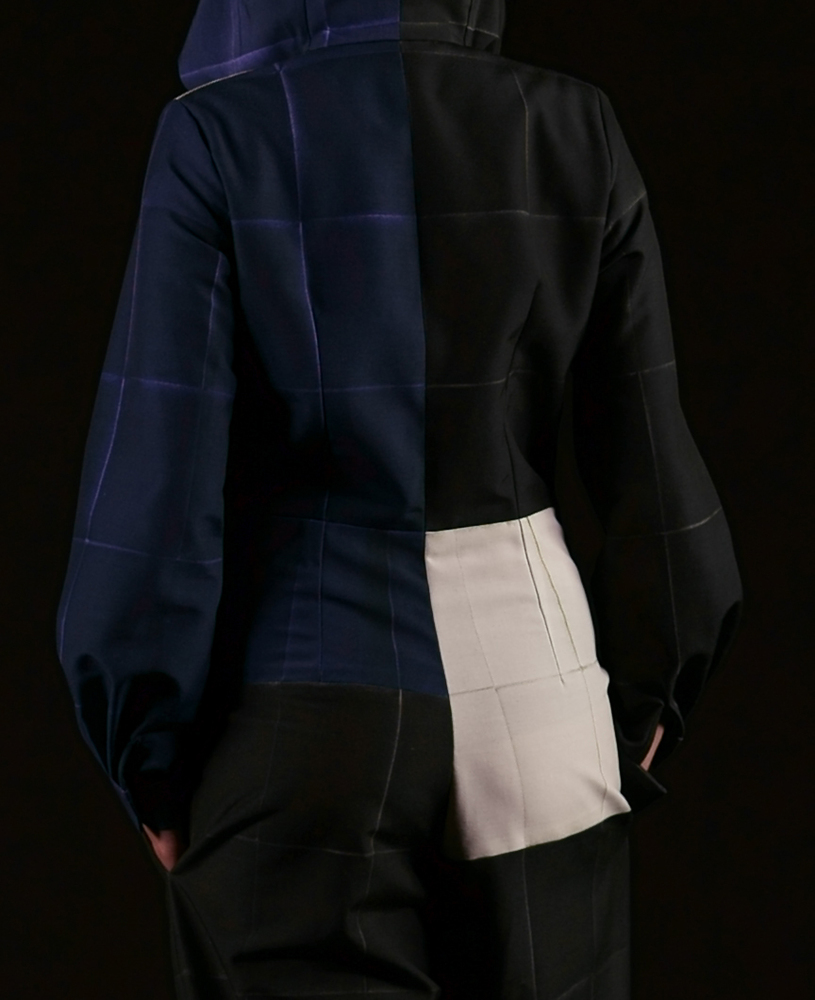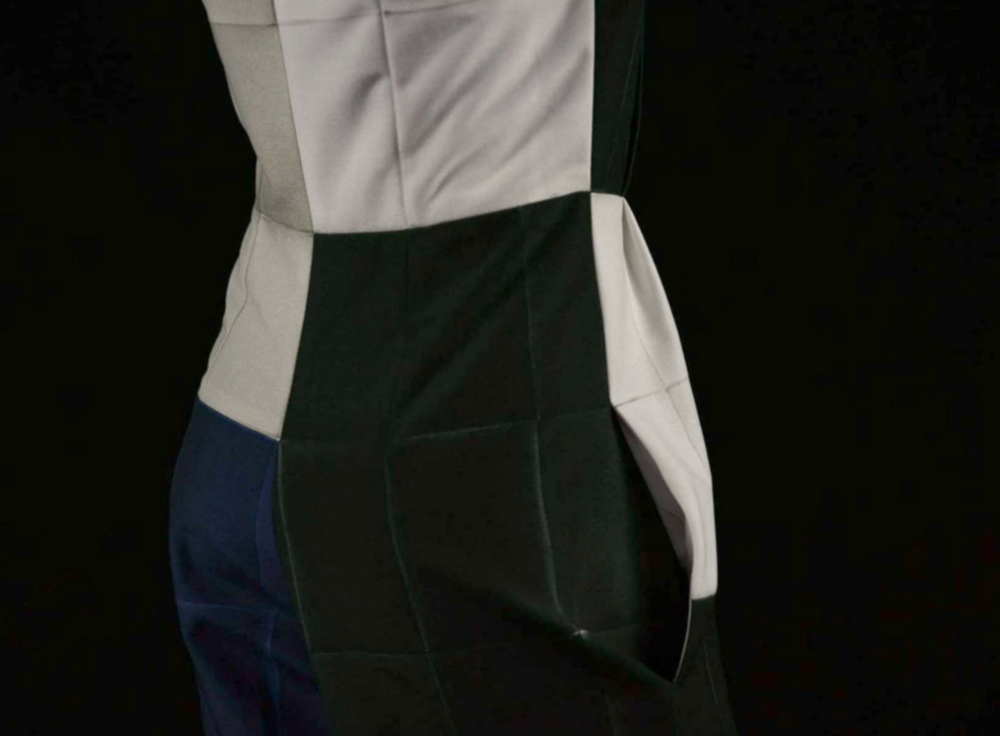Alexandra Hopf
-
Projects and Exhibitions
- NEW WEBSITE ! www.alexandrahopf.net
- Being Renée Sintenis
- A Bear´s Laundry
- Musée des Chemises
- Images in Fashion – Clothing in Art
- The Peasants II (after Malevich)
- Becoming Siren
- Spell Around the Corner
- Die Bauern /The Peasants (1927)
- Future Show
- Reflection and Empathy
- Maison Tatline
- Tigersprung Herbst/Winter
- Bespoke Pirate
- Giacometti in the Desert
- A Private Collection
-
Utopie Passion
- The Folds of the Revolution
- The Night
- Les Maîtres Fous
- About
- Works
- Publications
- Texts
- News
- CV
- Contact
Utopie Passion
Is it only in art that we can satisfy the urge to rescue the past as something living, instead of using it as the material of progress? *
continue reading
UTOPIE PASSION
watch video: https://vimeo.com/319557030
Is it only in art that we can satisfy the urge to rescue the past as something living, instead of using it as the material of progress? *
This question was posed by the members of a dance ensemble with the performance of their model dance Nacht der Sirenen (Night of the Sirens) in November 1951. Amid the scaffolds of their re-emerging city, amateurs and professionals had come together for rehearsals over a period of months in order to rehearse, under archways and passages, in courtyards and staircase landings, the dance for a future society.
The goal of the dance group was to dissolve the boundary between convivial ceremony and true performance. Sometimes the circle of actors closed inwards, leaving the spectators outside. The ensemble even, at times, retreated entirely from the expectant gazes, only to reappear out of nothing and bid the audience into the bosom of a cellar through a pantomimed door, where a sort of black theatre ensued. The audience sat quite close to the action; you could have thought that they were part of the staging. Sometimes the front row disappeared, then it popped up again as a scene within a scene. The decor slowly cross-faded into another decor, as in a film. Actors as well as spectators transformed or disappeared in it as if in a huge pupil that absorbed everything that happened. The whole thing took place in incredibly slow motion. A rough voice commented on the action from off-stage. The evening was a full success.
But then came the winter; the climate grew frostier. For some, the dance preserved the past as the governor of Utopia, pointing the way to a promising future. For others, it was just a dance. Yet others withdrew in silence. And the Sirens? At some point no one could quite remember their material. Yet they were the ones who knew all, even that which is draped in black and remains recollection, recollection of the possible in opposition to the actual.
How can the past be constituted in time? How can the present pass?
Dear Reader, the present reconstruction of Night of the Sirens (1951)* reminds us:
The moment must be simultaneously present and past, present and yet to come, in order for it to pass.
Text: Part of installation
Design by Book Book, Berlin
English translation by Ryan Carlsen
